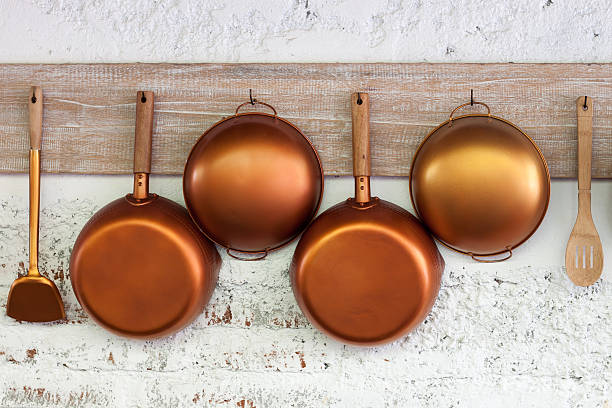Lots of useful tips for painting nails and clever nail polish tricks at a glance. Because with beautiful nail polish, fingernails are designed very individually and artistically. You get a special look. In addition to the artistic aspect, nail polish also provides special protection for the nail.
Lacquered fingernails are real eye-catchers if they are nice and smooth and color-intensive. Unfortunately, varnished nails no longer look nice if they get scratches in the varnish or the colored nail varnish peels off. Therefore, you should definitely pay attention to special aspects when painting the nails.
Remove nail polish from clothing
If, despite being careful when painting your nails, something goes wrong and you have nail polish on your clothes, also note our tips on how to remove nail polish from your clothes. Don’t worry – this is also possible with the right (home) resources, tips, and tricks.

1) Preparing the nails
Before painting your nails, you should take care of your nails properly. You clean your fingernails thoroughly and bring them into an optimal shape with a nail file. To file the nails, you can use a conventional manual file or an electric nail file, which works particularly precisely and quickly. Once the nails are clean and in the right shape, you can apply hand cream to your hands. The nail bed in particular should be cared for, as it can be easily irritated by filing the nails.
2) Perfect painting for the nails
Before painting, you should choose a nice colored nail polish. The most suitable for painting the nails is paint that is relatively thin and dries quickly. Once you have found the right color, you can use it to paint your fingernails or toenails as normal. You should make sure that the cuticles are not painted and that the edges of the nail are not completely painted so that the nail can still breathe.
An ideal result can be guaranteed if you use the brush with only a little polish and pull it in a straight line from the nail bed to the fingertip. The varnish should be applied very evenly and thinly to the nail. After the nail polish has dried, the nail is covered with a thin layer of colorless polish, which provides additional protection for the nail. The clear topcoat is very advantageous because it means that small imperfections and scratches are not very noticeable.
3) More nail polish tips and tricks
You already know the basics of nail painting, but we have a few extra nail polish tips for you so you can polish your nails like a pro, increase the durability of the polish, and make old, dried-on nail polish usable again.
If your nail polish often dries out before you can even use it, consider storing the bottle in the refrigerator. It is always easy to apply and lasts longer than at room temperature. If it’s already too late and your paint has dried up, you can usually liquefy it again with a boiling water bath. Alternatively, you can add a few drops of nail polish remover to the bottle. This makes dried nail polish usable again.
A sticky nail polish bottle is another problem. The cap of nail polish bottles sticks easily and often cannot be opened after a short time. However, you can prevent this if you spread some Vaseline on the lid and on the thread of the nail polish bottle before using it for the first time. This keeps the thread of the bottle well lubricated and you can open it at any time without any problems.
4) Special nail polishes
In addition to normal nail polishes, there is also special UV nail polish, for example. This lasts particularly long but is much more difficult to handle when applying. You also need a special UV lamp to harden the nail polish. But this is even faster than with standard nail polishes. You can now even get UV varnishes in drugstores.

In addition to the cosmetic aspect of nail polish, it can also have a pharmaceutical effect and help you fight an athlete’s foot, for example. The best way to do this is to use a product from the pharmacy and follow the instructions on the package insert. For other problems, such as soft, brittle, or ridged nails, you can often find special base coats or nail hardeners that can help you in the drugstore. As a rule, a colored varnish can then be applied to this, so that the look is not neglected.
In this case, you can also make sure that you eat the most important vitamins and foods for beautiful nails. Then you don’t have to use groove fillers, nail hardeners, and the like and you can devote yourself to the beautiful colors that the world of nail polishes has in store for you.












